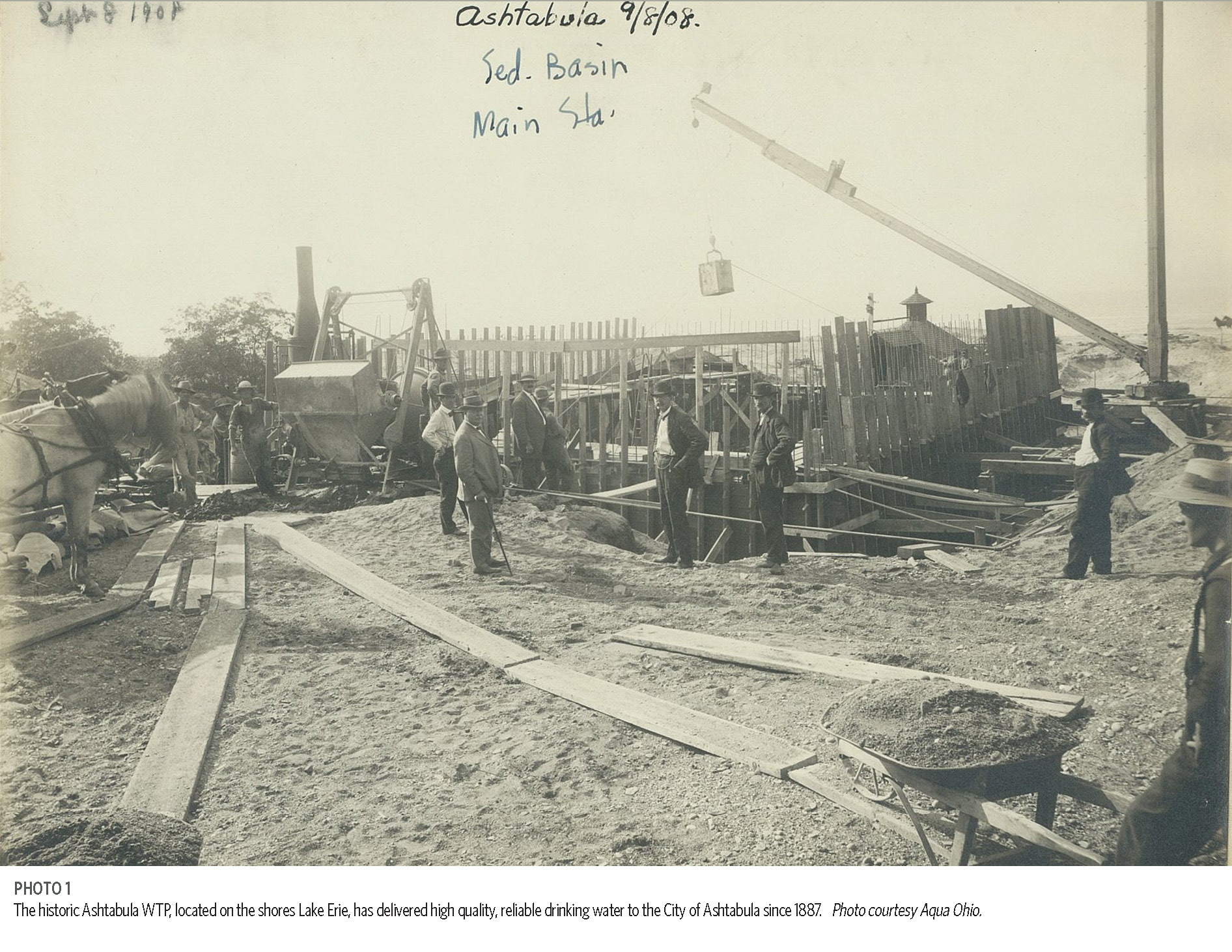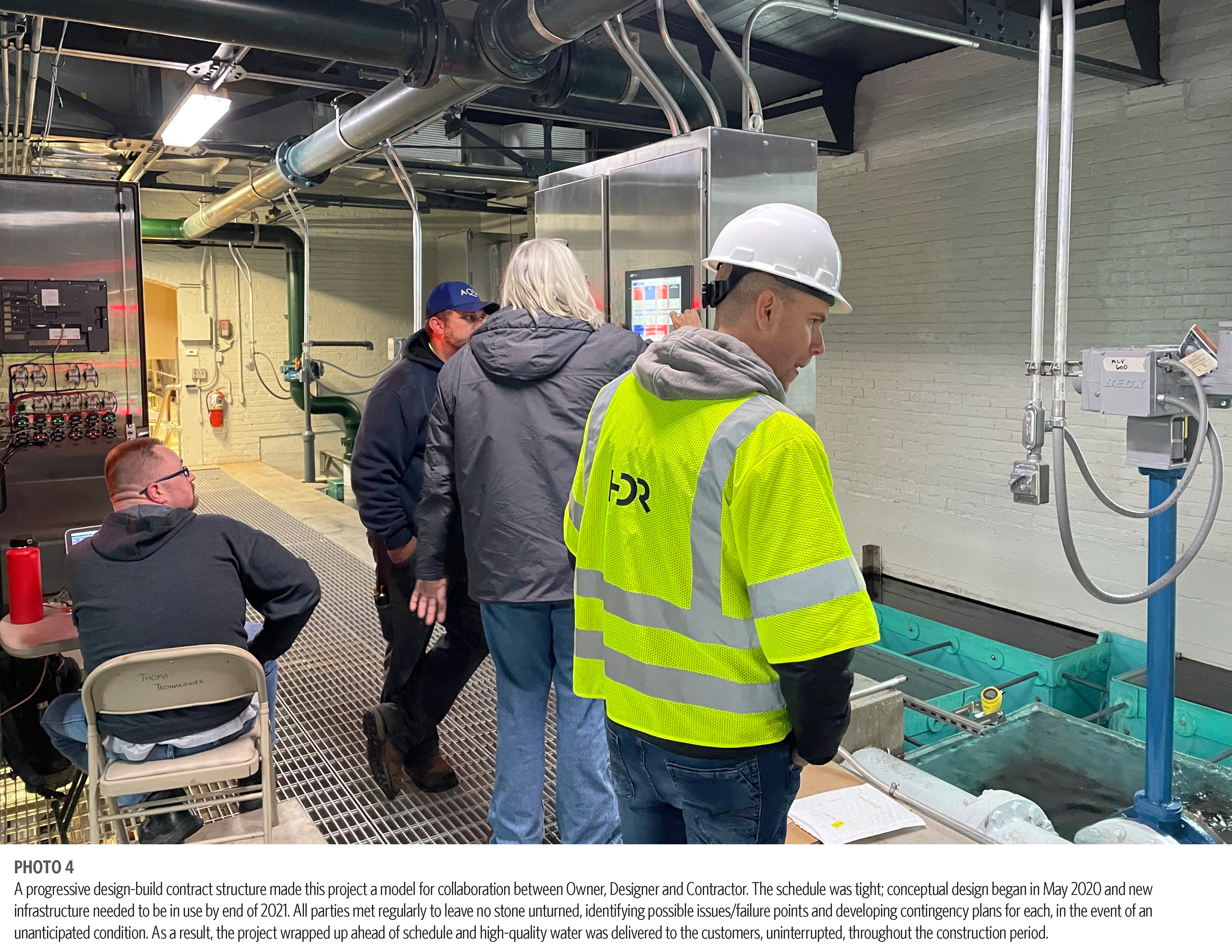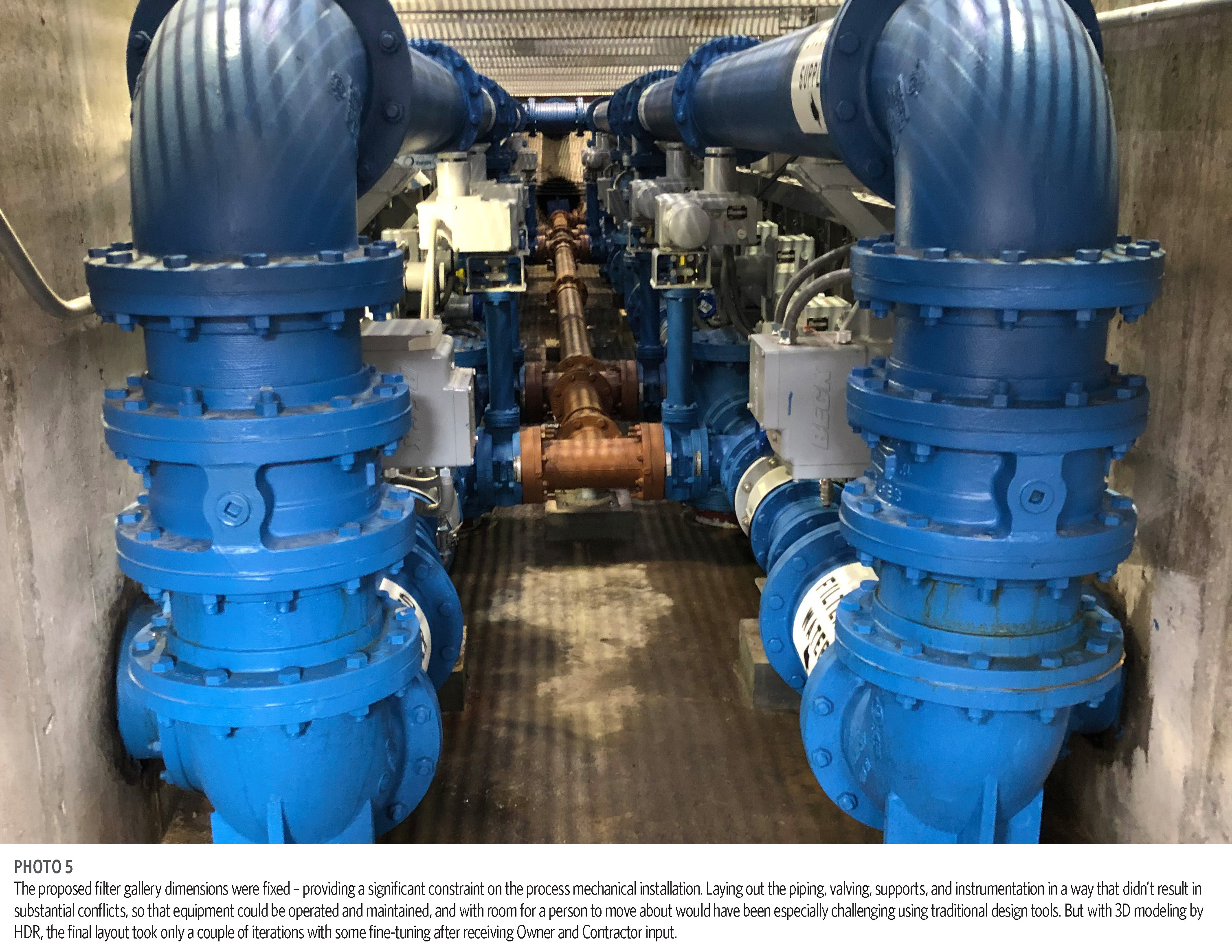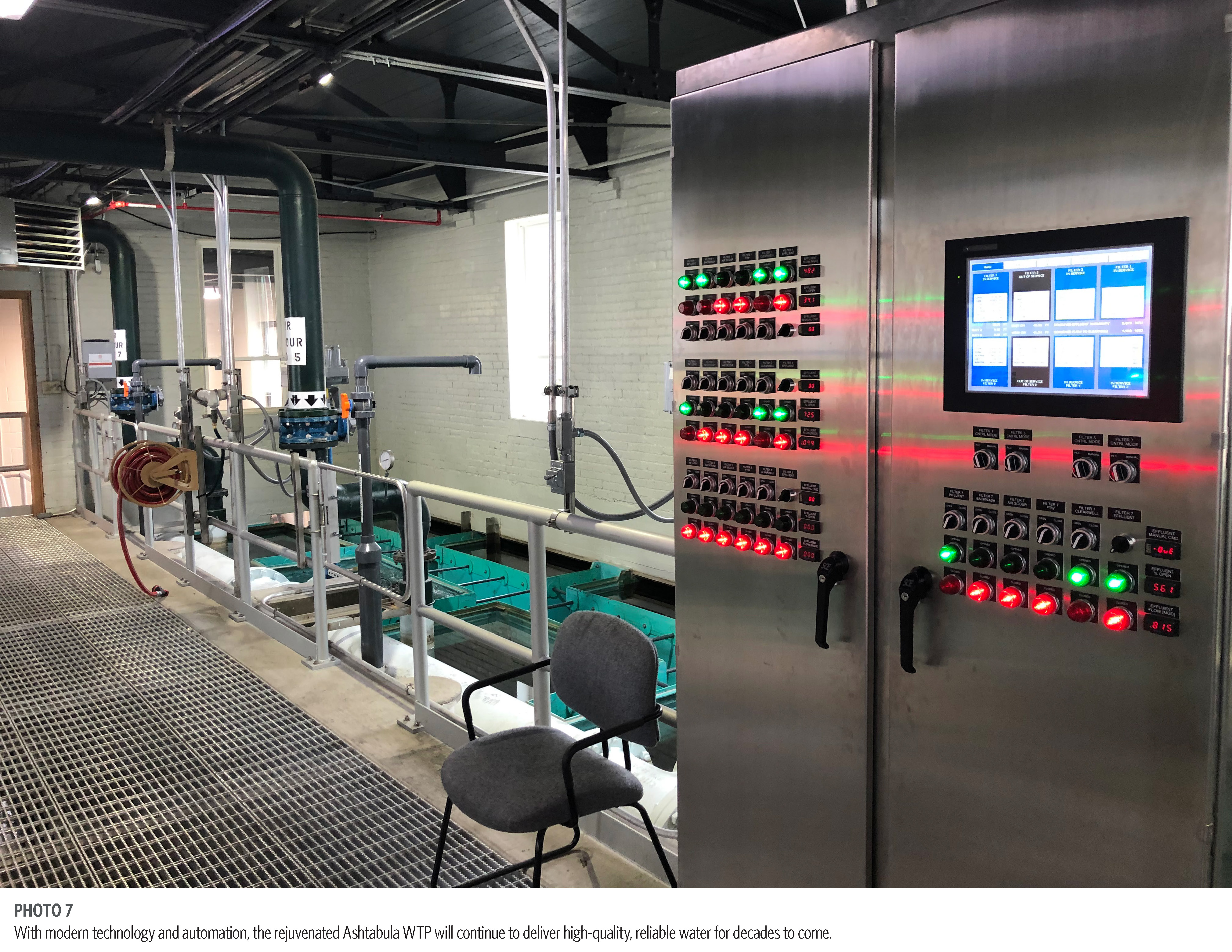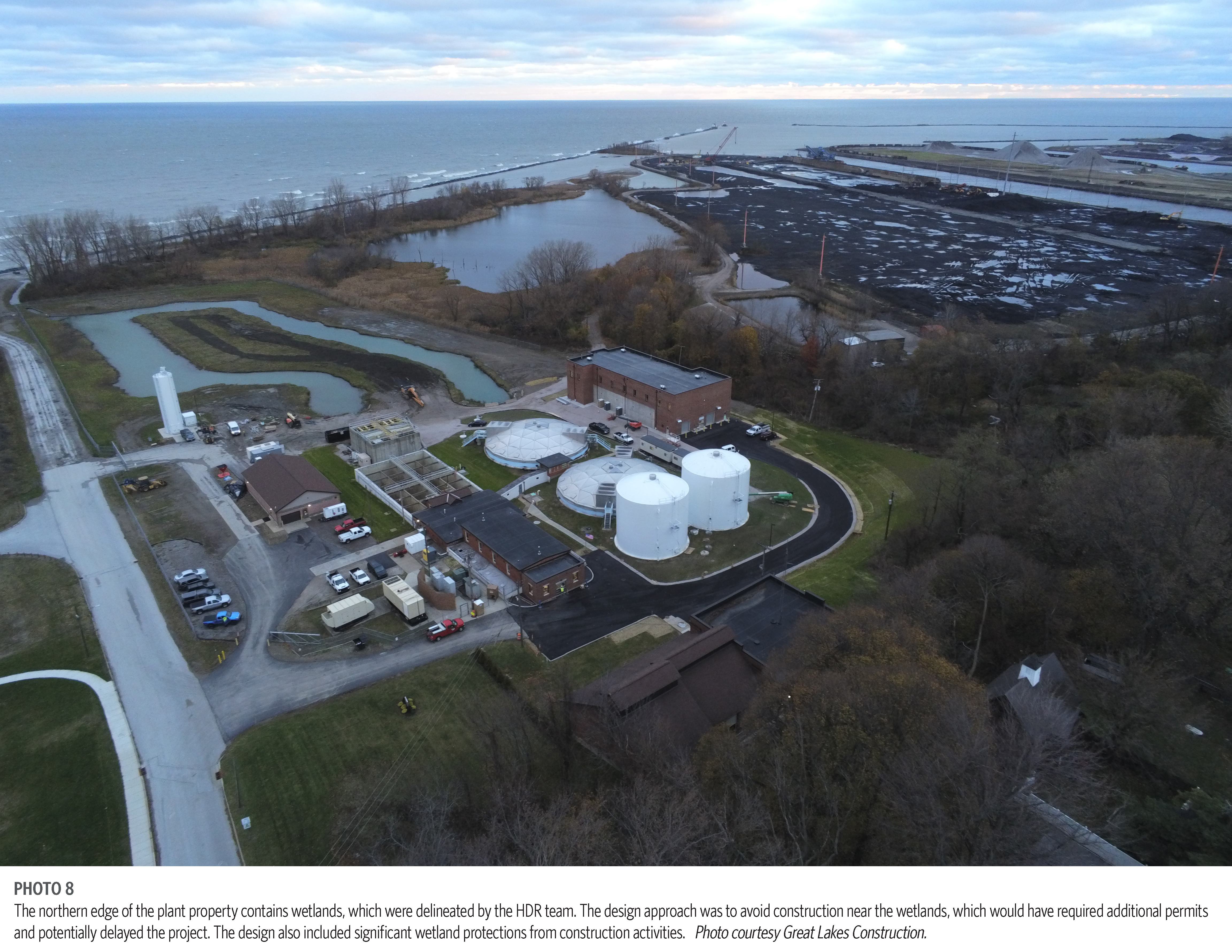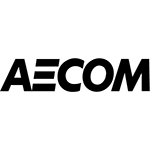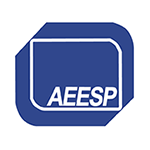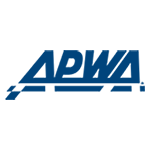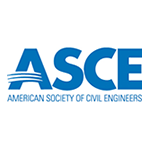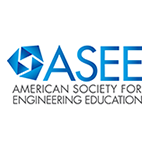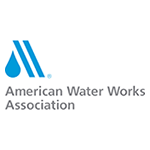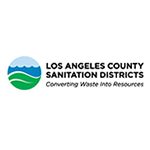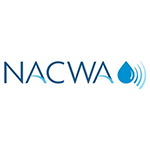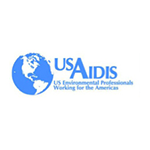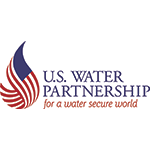- Home
- Contact Us
- AAEES Staff
- AAEES Board of Trustees
- American Academy of Environmental Engineers Certification Board
- American Academy of Environmental Scientists Certification Board
- AAEES Committees
- State and Regional Representatives
- Representatives to Other Organizations
- Previous Leadership
- Interactive Who's Who
- Student Chapters
- Tau Chi Alpha
- News & Events
- Awards
- AAEES Awards Criteria
- 40 Under 40 Recognition Program
- Edward J.Cleary Award
- Excellence in Environmental Engineering and Science Education
- Gordon Maskew Fair Award
- Honorary Member
- International Honorary Member
- Ralph and Joe Bales Graber Science Award
- Stanley E. Kappe Award
- Environmental Communications Awards Competition
- Excellence in Environmental Engineering and Science Competition
- The AAEES Chapter Blue Marble Award
- Resources
- Membership
- Donate
- Jobs
2024 Excellence in Environmental Engineering and Science® Awards Competition Winner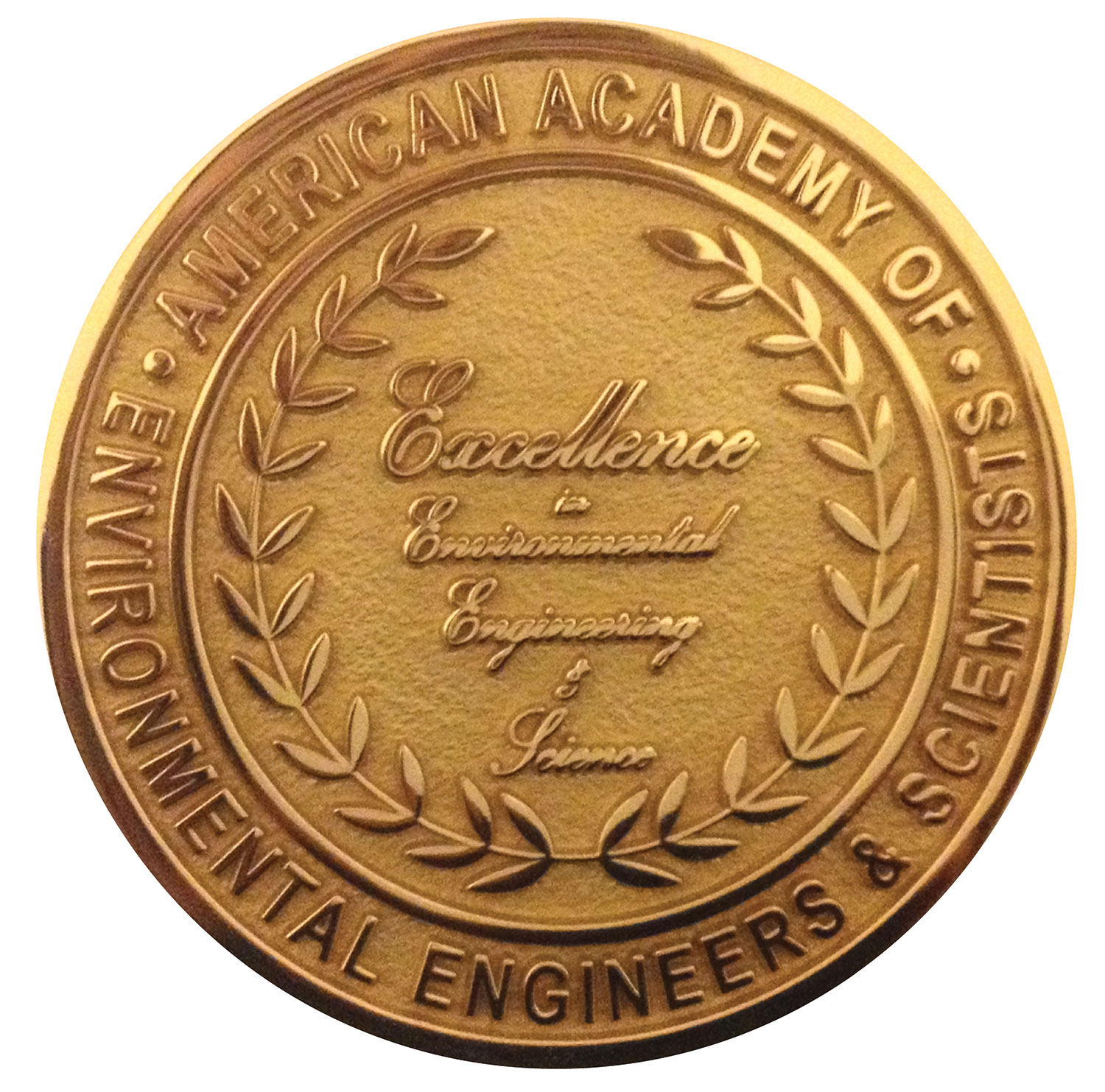
Honor Award - DesignAshtabula Water Treatment Plant ReconstructionEntrant: HDR Entrant Profile In May 2020, Aqua Ohio began a comprehensive program to renovate and upgrade the historic Ashtabula Water Treatment Plant (WTP) by selecting the HDR and Great Lakes Construction team to design and construct these facilities, respectively, using progressive design-build delivery. HDR’s team performed all engineering in-house, without subconsultants other than for geotechnical investigations. For more than a century, HDR has partnered with clients to shape communities and challenge the boundaries of what’s possible. Consistently ranked among Engineering News-Record’s Top 10 Water Design firms, the staff approach projects from an integrated perspective to achieve our client’s objectives including environmental, economic and/or social objectives. HDR’s operating philosophy is expertise-driven, delivering tailored solutions through a strong local presence. Their Cleveland team that worked on the project has more than 150 years of combined experience in designing complex infrastructure and treatment plant projects. The team’s project manager, Adam Arnold, grew up in a town that experienced a deadly E.Coli outbreak stemming from a contaminated drinking water supply. This experience drives his commitment to work with clients to implement solutions to better treat, use and manage our limited water resources. And it’s notable that utilities throughout Ohio continue to show leadership in this area; the Ashtabula WTP is just 50 miles down the road from where the Cuyahoga River fire took place in 1969, which spurred significant environmental and public health protections with passage of the Clean Water Act in 1972 and Safe Drinking Water Act two years later, in 1974. Project DescriptionDemonstration of a comprehensive, integrated approach that considers all environmental media, i.e., air, water, and land. For example, solution of an air pollution problem must not create a land disposal problem or an adverse water impact that is not addressed by the project. The historic Ashtabula Water Treatment Plant (WTP)—owned and operated by Aqua Ohio—has delivered high-quality, reliable drinking water to the City of Ashtabula since 1887. The 10-million-gallon-per-day (MGD) facility has been rebuilt and expanded several times, but some of the core infrastructure had reached the end of its useful life, resulting in deteriorating conditions and operational issues. The facility also had limited operational flexibility and lacked automation. The $13 million Ashtabula WTP Reconstruction project rehabilitated, repaired, and modernized the facility’s existing filtration equipment and a fully integrated automation/control system. It also included a new flocculation-sedimentation building with the state’s first inclined plate settlers, further improving water quality and positioning the facility to meet more stringent regulations, potential changes in source water quality and future water demands. One specific operational issue that Ashtabula struggled with was short filter runtimes due to underperforming upstream processes that resulted in more backwashing, which wasted finished water and increased downtime. There was also concern about overwhelming the onsite filter backwash lagoons, which could have resulted in pollution of Lake Erie. The new plate settlers have essentially doubled filter runtimes, reducing finished water use by 50%, improving filter operation flexibility, and minimizing the risk of environmental harm. Quality as evidenced by the degree of user satisfaction and proven performance.The project was initiated in mid-2020 and had to be wrapped up in 2021. Completing the project on schedule was essential to meeting the Public Utilities Commission of Ohio’s regulatory requirements, meaning that recovering the capital costs would only be possible if the facility was treating water before December 31, 2021. To maintain delivery on a tight timeline, Aqua Ohio chose a progressive design-build contract. In only 18 months, the Great Lakes Construction-HDR team transformed the century-old WTP into a state-of-the-art powerhouse. They overhauled the plant’s filtration system, implemented Ohio’s first inclined plate settlers, and integrated an automated control system while circumventing COVID-19 implications, a challenging structural rehabilitation and formidable construction adjacent to America’s fourth-largest lake. With modern technology and automation, the rejuvenated Ashtabula WTP will continue to deliver high-quality, reliable drinking water to the City of Ashtabula for many years to come. Originality and innovation, representing the application of new knowledge, a new application of existing knowledge, or an innovative mix of existing knowledge.To minimize the need for structural modifications to the over century-old building, the HDR team redesigned and installed a filter gallery within the existing, tight structure. Its fixed walls proved challenging, so the team turned to three-dimensional design to lay out pipes, valves, supports and instrumentation to limit conflicts and provide room for operations and maintenance. Providing a similar design with a traditional CAD tool would have proved challenging; however, the designers provided a final layout in just a few iterations and some fine-tuning with input from key stakeholders. The HDR team also designed a new 7,200-square-foot flocculation-sedimentation (floc-sed) building. Raw water from Lake Erie enters the facility through a splitter box, which channels the flow into one of two floc-sed trains— each with a rapid mix chamber, three flocculation stages, and then to the inclined plate settlers (the first in Ohio). Using the same principle as tube settlers, the plate settlers are more robust and their reduced detention times allows a smaller footprint while maintaining full permitted capacity. The new building is approximately one-third smaller than what would be required for tube settlers, which reduced construction costs and accommodated the tight site. The complexity of the problem addressed.Working within the constraints of the century-old building and its structural hurdles, the team redirected influent flow to the opposite end of the filter facility to improve constructability and improve hydraulics. They replaced all the gallery piping, which required coring into the walls and careful evaluations of the building’s structural integrity. Non-destructive techniques confirmed the presence and location of existing rebar, for example. Additionally, much of the existing equipment and pipes contained lead paint, which required remediation for safe removal and disposal. To simplify construction sequencing and maintain the tight schedule, HDR’s team worked with the Aqua Ohio operations team to plan for directing all flows through only 50% of the facility’s process capacity — a first for the Ashtabula WTP. Taking banks of filters out of service during construction was particularly complex, but with careful planning, potential risks/issues were considered and mitigation measures developed. The result – high- quality water continued to be delivered throughout construction without any service disruptions to customers. Also of note, because of COVID-19 while onsite the team maintained social distancing and observed mask protocols to keep everyone safe and not compromise Aqua Ohio’s ability to reliable deliver water to their customers as the pandemic lingered. And while all construction in the last three years was impacted by the pandemic and its supply chain backlog, the team’s adaptability and collaboration kept the project on schedule. For example, issued for construction drawings for the new floc-sed building initially incorporated prefabricated steel joists for the roof support system. During construction, the contractor learned of industry-wide delays for steel joists that would severely impact the completion date. The HDR team promptly redesigned the joists to consist of steel beams, which were readily available. At the same time, previous rapport with regulatory agencies facilitated prompt review and approval. The result — no significant impact to the construction schedule. The extent to which the project contributes to or offers the prospect of contributing to social or economic advancement.The aesthetics of the new 7,200-square-foot flocculation-sedimentation building were extremely important. The structure is highly visible from Walnut Beach, which is adjacent to the east side of the plant property. The team’s utilization of three-dimensional design allowed the architectural features to match or complement the plant’s existing historical buildings. Using local vendors provided significant savings by procuring materials early, which in turn, provided opportunities to reinvest that money into improvements elsewhere within the facility. To the extent possible, the team utilized suppliers aligning with Aqua Ohio’s essential supplier diversity initiatives. Finally, the project was completed on budget which allowed Aqua Ohio to continue to keep water rates relatively low. This is an important part of their mission given that the poverty rate in Ashtabula is ~20% and growing, compared to < 10% for the State of Ohio. The median household income in Ashtabula income only ~ $50,000 compared to ~ $65,000 for neighboring communities along Lake Erie. Click images to enlarge in separate window. Click here to return to the list of 2024 winners. |

